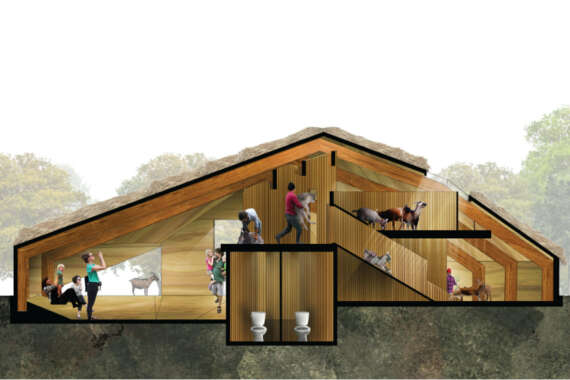Airy Tales

A distressed man drives to the countryside to refresh from his congested city.
A rebelling teen climbs to the rooftop to find his own thoughts.
And a man in amidst an argument exits the room onto his balcony - all to get some air.
This thesis is an Airy Tale. Air is matter, a mass with weight, however remains mysterious in the spectrum of living with its somewhat intangible, somewhat invisible and somewhat infinite nature. This thesis is an interrogation of air and its substance in architecture, in the attempt to embrace and acknowledge its frequently forgotten existence. It is the craft of objectifying this vital need into an uncanny premium commodity.
















